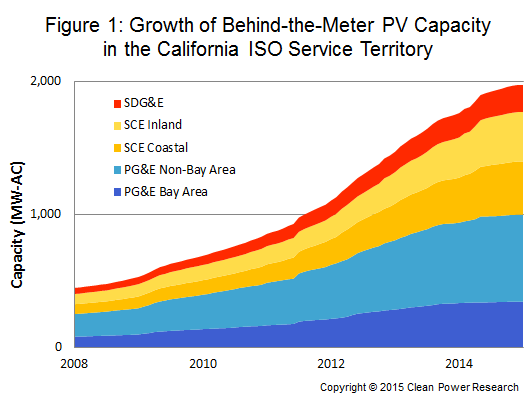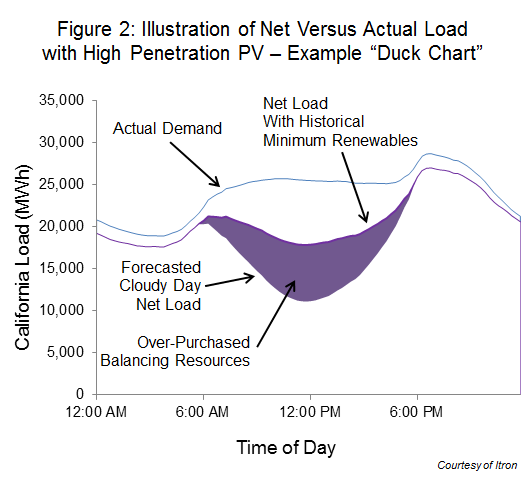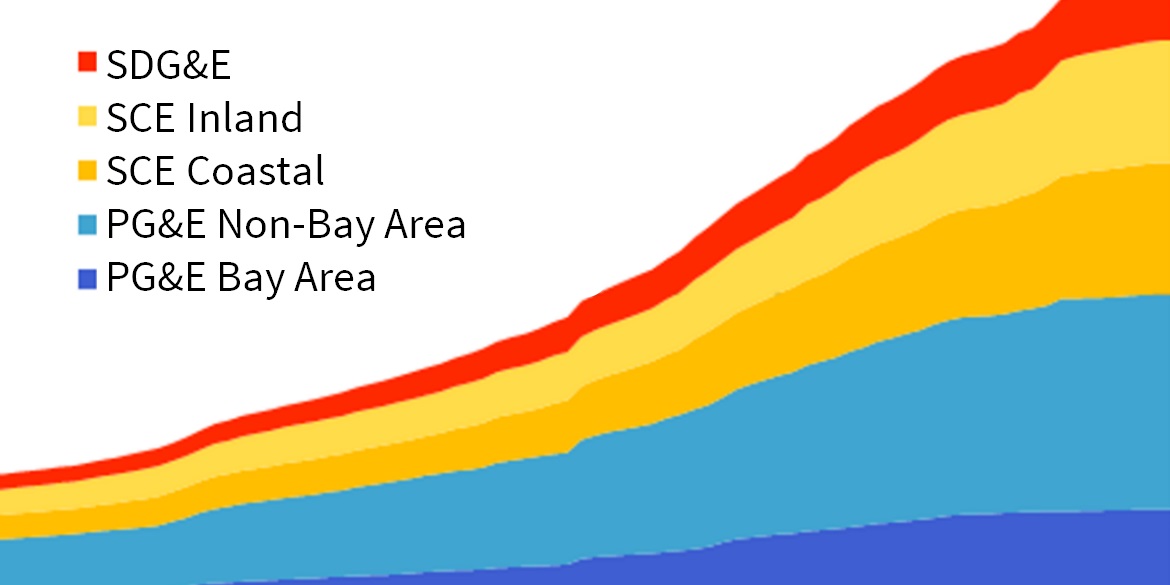Itron and Clean Power Research are embarking on the next phase of research that will lead to high-fidelity distributed solar photovoltaic (PV) forecasts, and integration of those forecasts into net load forecasts for the California Independent System Operator (ISO). Increasing forecast accuracy and improving net load forecasts will help reduce solar integration costs within the State of California.

The project, “Improving Solar and Load Forecasts: Reducing the Operational Uncertainty behind the Duck Chart,” is being funded by an Electric Program Investment Charge (EPIC) award from the California Energy Commission. The EPIC grant “Advancing Utility-Scale Clean Energy Generation” (PON-13-303) was made available to fund applied research and development projects to improve utility-scale renewable energy generation. Set to kick-off this month, the project will further advance work completed as the result of a California Solar Initiative (CSI) Research, Development and Deployment (RD&D) 3 grant to support integration of behind-the-meter solar forecasting to the California ISO load forecast.
As a project partner to Itron, Clean Power Research will be using a combination of research and software approaches to support Itron’s development of an integrated load forecast. The forecast will include all solar generators within the State of California, including residential, commercial and utility-scale PV systems. By linking solar forecasts to net loads in an operational environment (which is unlike anything currently available), it will be possible to maximize the benefits of solar generation on California’s electric grid.
Advancements will include:
- Irradiance forecast accuracy improvements using probabilistic and short-term prediction methods.
- PV fleet power forecasting improvements that account for system degradation and outages.
- Integration of solar forecasts into Itron’s net load forecasting tools for the California ISO.
- Application of these tools to improve solar integration to the grid.
Reliably integrating a growing generation resource
California is on the way to procuring a minimum of 33% of the state’s electricity supplies from renewable resources, and under Governor Brown, may expand the State’s renewable energy goals to 50%. Most of these renewable resources will come from utility-scale PV systems and PV located on the customer-side (i.e. rooftop or premises) of the meter. Customer-side PV systems are typically “behind-the-meter,” which means the utility does not have access to PV production information at that site, only net energy use.
As PV capacity continues to increase, as shown in Figure 1, the operational and economic issues associated with the intermittent nature of PV become much more significant. In 2013, the California ISO introduced the concept of a “Duck Chart,” which shows the potential impacts of increasing levels of PV capacity on the California ISO distribution system.
As illustrated in Figure 2, this includes the potential for over-generation as the sun reaches its zenith, and sharper peak loads later in the day when solar generation has waned. This uncertainty increases the need for the California ISO to quickly adopt new technologies that can balance electricity supply capacity.

With this project, Itron and Clean Power Research are taking targeted steps to reduce solar integration costs by improving the accuracy and effectiveness of solar and load forecasting. As the solar capacity leader in the U.S., California will face challenges maintaining reliable grid operations without suitable solutions to mitigate solar variability. This EPIC project will enable Itron and Clean Power Research to reliably and cost-effectively take California into the high-penetration PV era.
